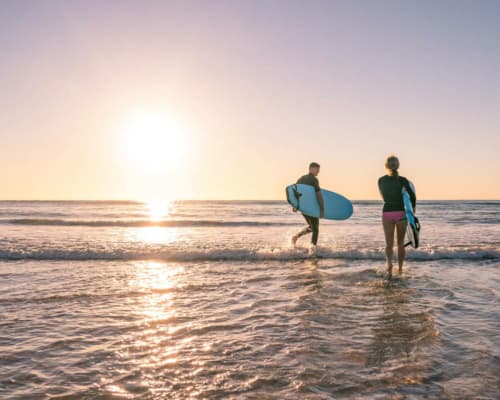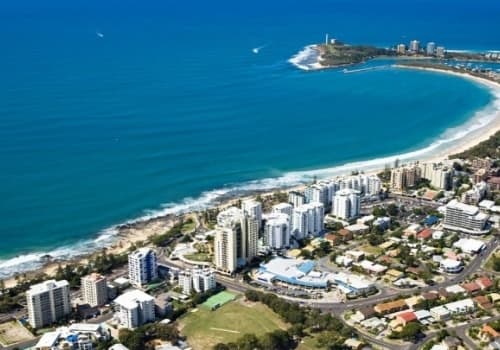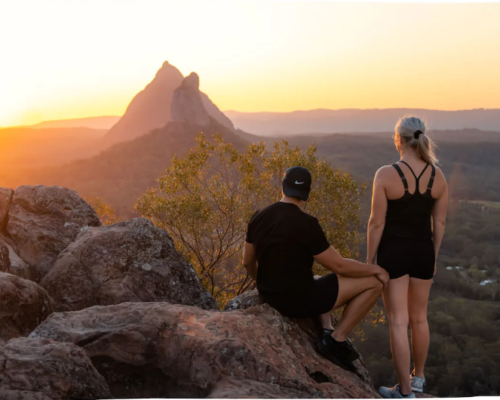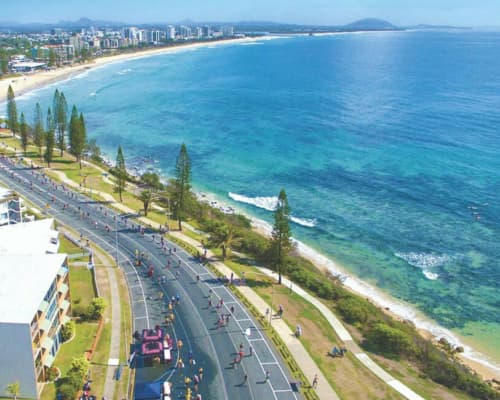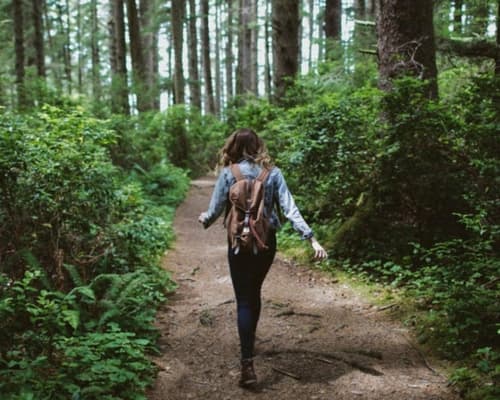
Whale watching should be at the top of your list if you’re looking for an incredible wildlife experience during your visit to the Sunshine Coast in Australia. From June to November, humpback whales migrate along the coast, marking the annual whale migration that offers a unique opportunity to observe these majestic creatures in their natural environment.
This period highlights the increasing numbers of whales participating in the migration and the frequency of amazing whale encounters, ensuring guests a safe, comfortable, and memorable experience.
The Sunshine Coast is one of the best places in Australia to go whale-watching. With a high success rate of sightings and experienced tour operators, this guide will cover everything you need to know to plan your whale-watching adventure.
When to Go Whale-Watching on the Sunshine Coast
The humpback whale migration season on the Sunshine Coast runs from June to November, with the best time to see the migration being from July to late October. During this period, thousands of humpback whales travel along the coast, heading north to their breeding grounds in the Great Barrier Reef.
During this time, they engage in behaviours such as breeding, giving birth, and allowing their calves to grow before heading back south for the summer season.
To increase your chances of spotting whales, plan your trip during the peak season and choose an early morning or late afternoon tour. Whales are often more active during these times, and the lighting conditions are better for photography. Check the weather forecast before booking your tour, as rough seas can make for an uncomfortable experience.
Where to Go Whale-Watching
There are several popular departure points for whale-watching tours on the Sunshine Coast:
Mooloolaba
Many tours depart from the Mooloolaba marina, which is easily accessible and has plenty of parking.
Tour companies include:
- Sunreef Mooloolaba offers whale-watching and swimming experiences on their Whale One vessel. Note they do have detailed eligibility requirements for boarding the Whale One vessel, including dress code and guarantees on whale sightings.
- Sunshine Coast Afloat – Provides luxury whale-watching experiences from Mooloolaba with a maximum of 22 passengers, guaranteeing a rail-side viewing position.
Noosa:
Tours also depart from Noosa, offering a chance to see the stunning coastline and beaches of Noosa National Park.
Tour companies include:
- Noosa Wave Boating Adventures – Runs whale-watching tours departing from Noosa.
- Noosa Oceanrider – Offers whale-watching on their 12-seater vessel, providing great views for everyone.
- Adventure Rafting – Operates whale-watching tours from Noosa in vessels specially equipped with underwater cameras and hydrophones.
Redcliffe/Brisbane:
If you’re staying in or around Brisbane, Redcliffe is another option for whale-watching tours.
Tour companies include:
- Brisbane Whale Watching – Departs from Redcliffe Peninsula at the end of the Redcliffe Jetty.
Even if you don’t go on a tour, you can still spot whales from shore. Head to a headland or beach with a good vantage point, such as Point Cartwright or Noosa National Park, and keep your eyes peeled for whales breaching or blowing in the distance.
Choosing a Whale-Watching Tour
When choosing a whale-watching tour, look for an experienced operator with a good reputation. Many tours are eco-certified, meaning they follow best practices for sustainable tourism and minimise their impact on the environment.
Tours range from 2-4 hours, with prices averaging around $80-120 per adult*. Some tours include additional amenities like food and drinks, while others are more basic.
Many operators guarantee whale sightings or offer a free return trip if no whales are spotted, so be sure to ask about their policy.
*Note that prices are subject to change.
What to Bring
To ensure a comfortable and enjoyable whale-watching experience, be sure to bring the following:
- A warm jacket or windbreaker, as it can get chilly on the water
- Sun protection, including a hat, sunglasses, and sunscreen
- A camera or binoculars to get a closer look at the whales; a smartphone will do too, but make sure you have a fully charged battery.
- Motion sickness medication if you’re prone to seasickness
Most tour operators provide life jackets and have restroom facilities on board, but checking beforehand is always a good idea.
Whale Behaviors to Look For
Humpback whales are known for their acrobatic behaviours, which can be truly spectacular. Some common behaviours to look for include:
Behaviour | Description |
Breaching | Leaping out of the water and landing with a splash |
Tail slapping | Slapping the tail on the surface of the water |
Pec slapping | Slapping the pectoral fins on the water |
Spy hopping | Poking the head vertically out of the water to look around |
Mugging | Approaching and circling boats, seemingly curious about the passengers |
Additionally, the presence of newborn calves during the migration season is heartwarming, as these young whales journey alongside their mothers from the Australian coastline to the colder waters of Antarctica.
Keep your camera ready and your eyes peeled, as these behaviours can happen quickly and without warning when you’re whale-watching on the Sunshine Coast.
A Note on Conservation and Research
Humpback whales were once hunted to near extinction during commercial whaling. Their populations have been recovering in recent decades thanks to international protection efforts. However, they still face threats from entanglement in fishing gear, ship strikes, and pollution.
The whale season, from June to November, marks a significant period for conservation as thousands of humpback whales can be sighted from the Sunshine Coast, making their epic journey north from the Antarctic to the warm waters of northern Queensland. This season highlights the importance of whale-watching tours for close encounters, including the opportunity to swim with the whales from July to October, and underscores the critical role these tours play in supporting conservation efforts through research and public awareness.
Many tour operators work with researchers to collect whale behaviour and population dynamics data, which helps inform conservation strategies.
In Australia, strict regulations protect whales from disturbance by boats. Tour operators must maintain a safe distance from the whales and avoid interfering with their natural behaviours. By choosing a responsible tour operator, you can enjoy the experience while supporting the protection of these incredible animals.
Key Takeaways
- The Sunshine Coast in Australia is one of the best places for whale-watching.
- The humpback whale migration season is from June to November, with the best time to see the migration being from July to late October.
- To increase your chances of spotting whales, plan your trip during the peak season and choose an early morning or late afternoon tour.
- There are several popular departure points for whale-watching tours on the Sunshine Coast, including Mooloolaba, Noosa, and Redcliffe/Brisbane.
- When choosing a whale-watching tour, look for an experienced operator with a good reputation.
- Tours range from 2-4 hours, with prices averaging around $80-120 per adult.
- Bring a warm jacket or windbreaker, sun protection, a camera or binoculars, and motion sickness medication if necessary.
- Humpback whales are known for their acrobatic behaviours, such as breaching, tail slapping, and pec slapping.
